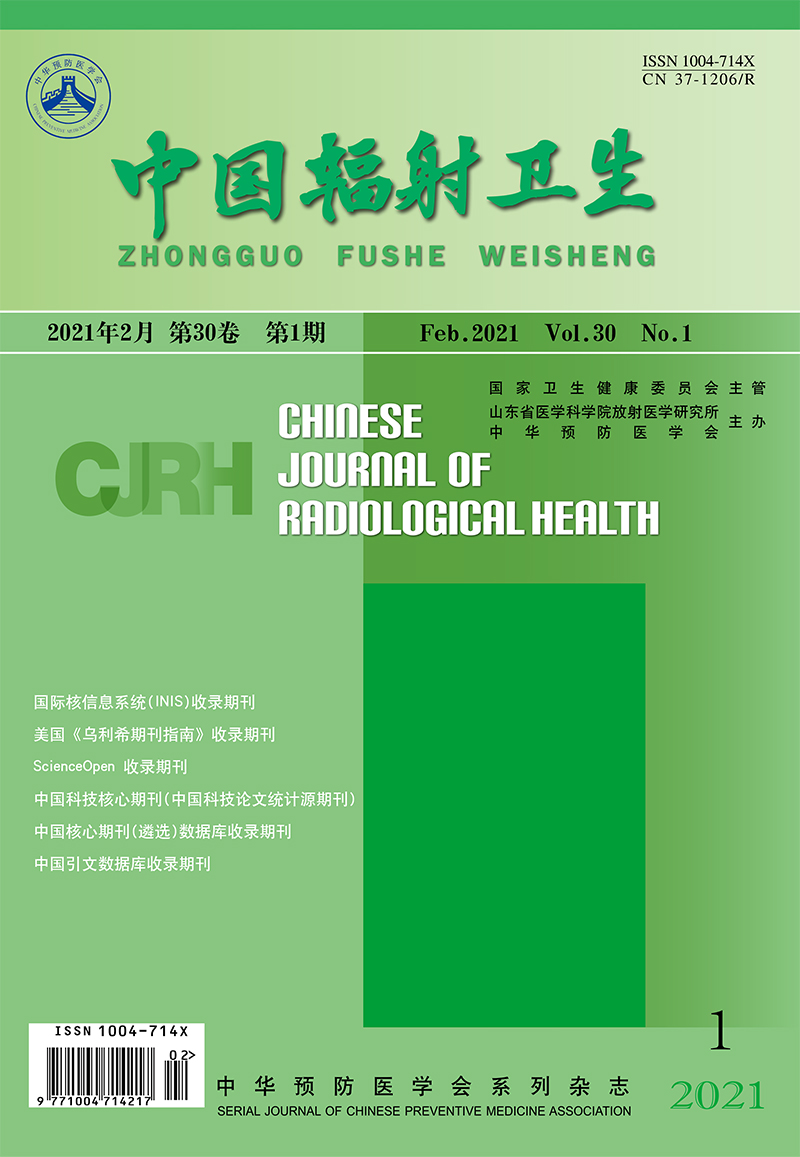Radiation Health/Original Articles
HUO Binbin, XU Zhiyong, HE Dongdong, WANG Yinghua, YANG Huan, LUO Gongcheng
Objective To investigate and analyze the current situation of nuclear technology utilization and radiation workers' occupational health management in non-medical institutions in Huai'an City, and to strengthen the prevention and control of occupational radiation diseases.Methods 37 non-medical institutions of nuclear technology utilization in Huai'an City were surveyed by questionnaire, including radioisotope and radiation apparatus, personal dose monitoring of radiation workers, implementation of occupational health examination, protective equipment, etc.Results The industry covers manufacturing industry, transportation, warehousing and postal industry, scientific research and technical service industry, residential service, repair and other service industries, 0 class I radiation device, 15 class II radiation devices, 67 class III radiation devices; 0 class I and II radiation sources, 1 class III radiation device, 16 class IV radiation sources, 51 class V radiation sources, 1 unsealed radioactive material Class B workplace; 493 radiation workers, 90.5% with certificates, 85.4% with personal dose monitoring rate, rate of 37.8% with radiation protection monitoring equipment, and 68.0% with occupational health examination rate. It has 13 institutions equipped with personal protective equipment, 23 with dose alarming devices and 14 with radiation protection monitors. 30 radiation workplace tests have been carried out in the past two years.Conclusion The occupational health management of radiation workers in non-medical institutions is weak. At present, the responsibility of occupational health supervision has been assigned to the health department. Therefore, the health administrative department should strengthen the supervision of non-medical nuclear technology utilization institutions and improve the emergency mechanism of radiation emergencies in Huai'an city.

